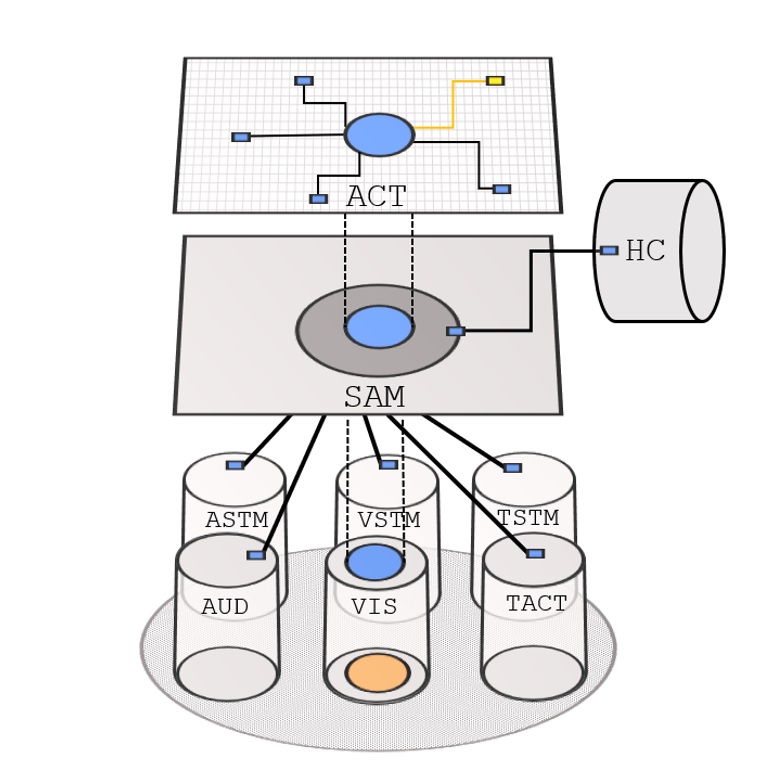Rob van der Lubbe, Darek Asanowicz, Bartlomiej Panek, Ania Przekoracka-Krawczyk, Jean-Paul Fox
This research project is funded by the National Science Center (NCN) in Poland (UMO-2019/33/B/HS6/00096), and involves a cooperation between the BMS Faculty of the UT, the Faculty of Physics at the Adam Mickiewicz University in Poznañ, Poland, and the Institute of Psychology at the Jagiellonian University in Kraków, Poland.
Although many researchers in the field of spatial attention have argued that attention is needed to deal with capacity limitations at a perceptual level by selecting a part of the sensory information (i.e., external spatial attention), it has also been argued that its function is to select information to guide our current and possibly future actions (i.e., “selection for action”). Recent research revealed that retrieval of to-be-memorized information presented at a specific location (i.e., internal spatial attention) may actually be quite comparable to external spatial attention. As perceptual limitations play no role in the latter case, these findings can be better understood in terms of attention playing a crucial role for “selection for action”. Other research that examined the relation between different sensory modalities showed that vision, audition, and the tactile/somatosensory modality are spatially related, which led to the proposal that there may be a supramodal spatial attention module (SAM), involved with the selection of relevant information, that is shared between the different sensory modalities. SAM may not only be crucial for the selection of external but also for the selection of internal information. Thus, attention can be directed not only outwards, but also inwards, and attention can also shift between modalities. Additionally, one could argue that there are several possible configurations of the attentional system and someone’s intentions may at least partly determine the current configuration. This idea of a flexible configuration of the attentional system may be referred to as the dynamic attentional workspace account (DAWA). Interestingly, several candidate brain structures may be proposed to play a role. For example, SAM may be related to parietal cortex, intentions may be related to higher centers in prefrontal cortex, action selection may be related to premotor cortex, and primary and secondary sensory cortices are thought to be affected by SAM, which may reflect external and internal spatial attention. Goal of the project is to examine the validity of the proposed account by performing experiments in which relevant data acquired from the electroencephalogram (EEG) can test crucial predictions of the model.

Fig.1 A graphical presentation of the Dynamic Attentional Workspace Account (DAWA) model. Crucial in this model is the central Supramodal Attentional Module (SAM) that enables the selection of information from different sensory modalities (AUD, VIS, TACT) and also different sensory short term memories (ASTM, VSTM, TSTM), and uses this information to carry out actions within a shared spatial environment. The idea of the model is that the connections between the various modules can be adapted in line with different task requirements.
